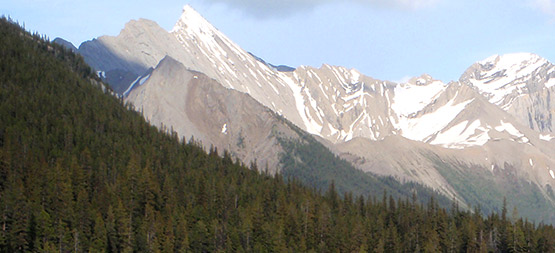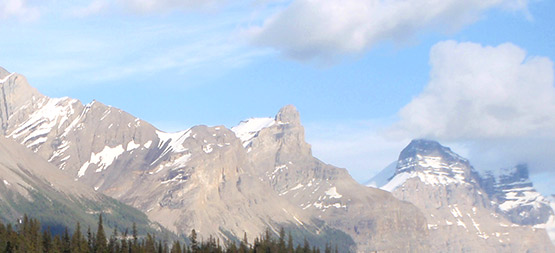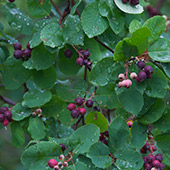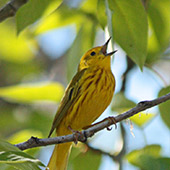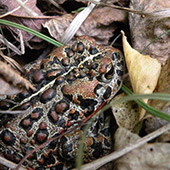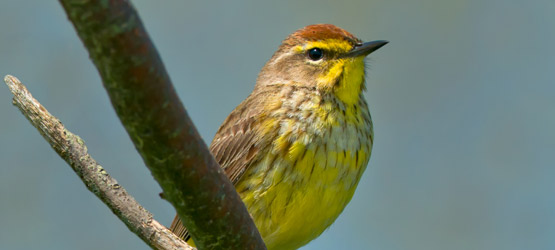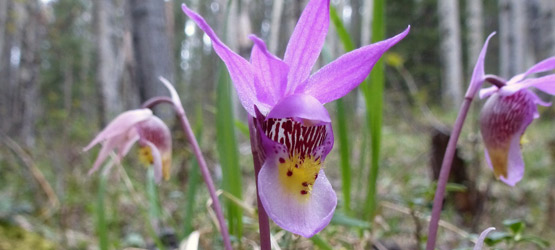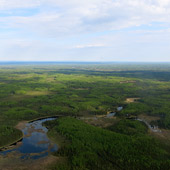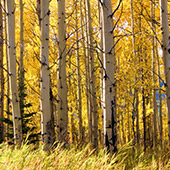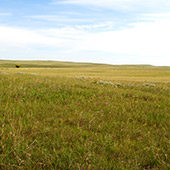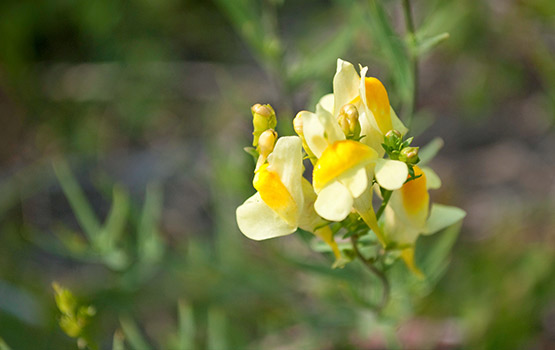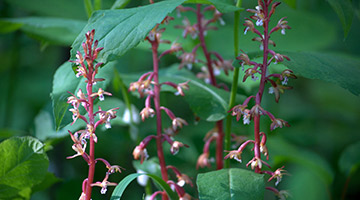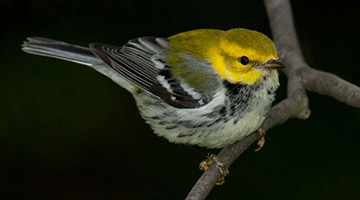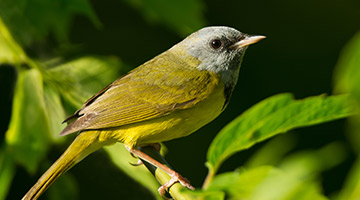Alberta’s Ecosystems
The distribution of Alberta’s regional ecosystems, such as the Grassland, Parkland and Boreal, is strongly linked to climate factors like temperature, growing season length, and moisture balance. Because of these close connections, the distribution of these ecosystems has responded to past changes in climate, and will respond to future climate change as well. We have developed detailed projections of how Alberta’s ecosystems, defined by Alberta’s Natural Subregions, are likely to respond to climate change over the next hundred years.
A major contributor to the responses of ecosystem responses to climate change is how changes in ecological processes like fire and vegetation regeneration will lead to ecosystem transitions; for example, from the mixedwood forests of the Boreal region to the open checkerboard of aspen stands and grasslands typical of the Parkland region.
